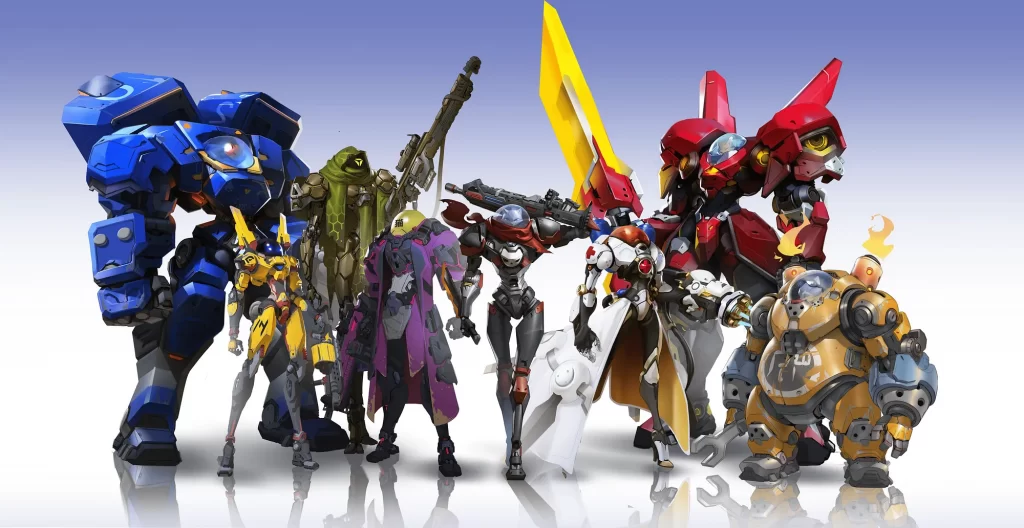What’s the future of play-to-airdrop?

Social RPG Pixels kicked off 2024 by announcing its PIXEL token play-to-airdrop 2.0 – a sequel to its first play-to-airdrop event seven months earlier.
And in the process, it’s started a trend.
More play-to-airdrop campaigns are now being announced. But will these prove to be a solution to many of the issues blockchain gaming has been facing, or should the industry take a more cautious approach?
There are various ways to qualify for the PIXEL token airdrop, but gameplay is the central one. What’s different to the previous play-to-earn model is the focus is shifted from endless hours of grinding to more engaged but effective participation in the game.
To tackle those who extract resources from the ecosystem, another significant aspect of the play-to-airdrop model is how it rewards community engagement and users contributing to the overall growth of the ecosystem – notably by also controlling the accumulation of tokens via reputation or experience point systems.
Reviving NFTs
This approach has also been adopted by PC-based team-shooter Nyan Heroes from 9 Lives Interactive. As per its recently published play-to-airdrop guide, users are required to subscribe to all the social channels to qualify for future NYN token airdrop rewards. And the more the merrier – owners of Nyan Heroes NFTs are eligible for additional airdrop rewards.

However, similarly to Pixels, the game also provides a way to qualify through gameplay alone. Players participating in designated play-to-airdrop events successfully will be rewarded with Nyan Heroes genesis collection NFTs, which in turn serve as boosts for further airdrop rewards. Other requirements to qualify include promoting the game through social media and encourage new players onboarding the game.
Stop the non-stop grind
Another prominent game platform recently launching its play-to-airdrop campaign is Nifty Island. With the motto “P2A is meant to be fun, not a non-stop grind”, it encourages active gameplay through which users earn points, which in turn determine their ISLAND token allocation. Alternatively, users can spend their points in the marketplace in order to upgrade their islands and game-ready NFTs, which also accumulate token rewards.
As in the case of Nyan Heroes, owners of Nifty Island’s Palm NFTs are eligible to more rewards, as those increase a user’s tier. Players can either get Palms through the marketplace or by winning certain quests.
It’s early days to see how much engagement these campaigns generate. Perhaps more significant will be from where that engagement is generated; from the existing community or new players? Of course, rewarding your existing community is an important element, but expanding your audience is what most games seem to be targeting.
That appears to have worked for Pixels, which has seen its audience rising, but as many more games add such systems, the likelihood is they will increasingly be competing for the same set of potential players. And that could mean play-to-airdrop becomes just another feature that all games need to launch, but which doesn’t generate much competitive advantage.

Comments are closed.